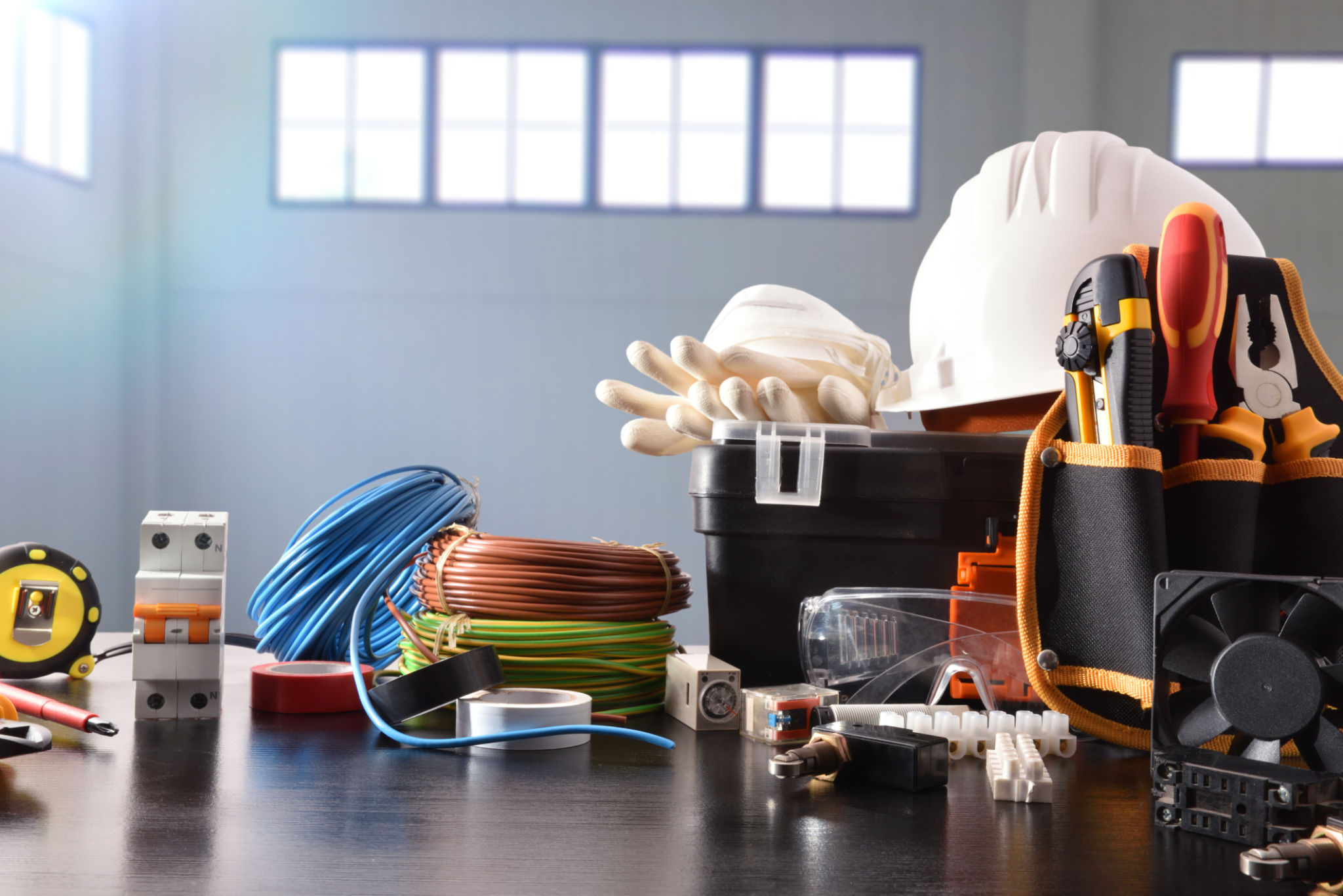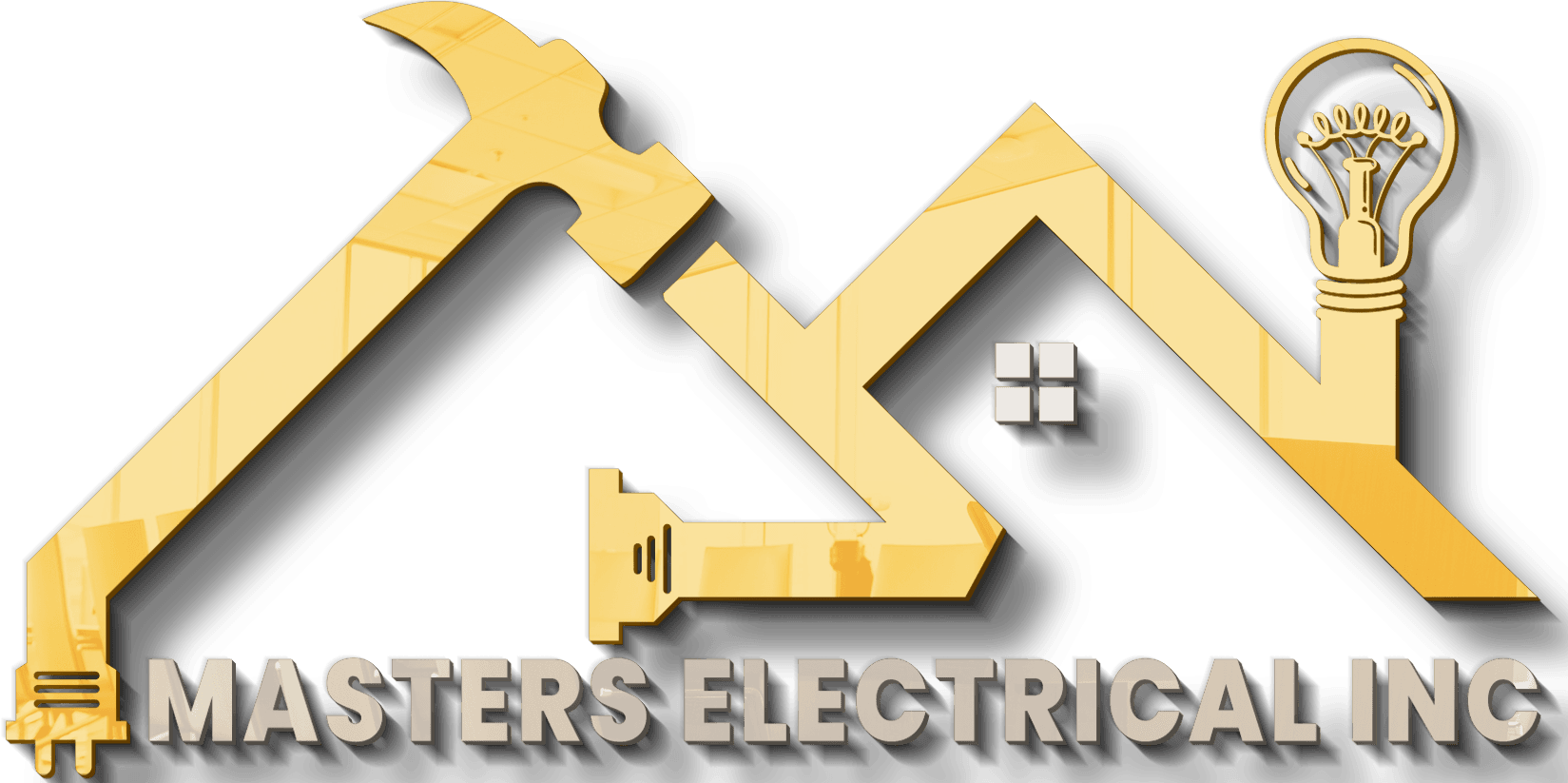The Ultimate Guide to Electrical Repair for Michigan Homeowners
AT
Understanding Electrical Systems
For Michigan homeowners, understanding the basics of electrical systems is crucial for maintaining a safe and functional home. The electrical system in your home is made up of several components, including the service panel, circuits, outlets, and wiring. Familiarizing yourself with these elements can help you identify issues and communicate more effectively with professionals.

The service panel, often located in the basement or utility room, is the heart of your home’s electrical system. It's responsible for distributing electricity throughout your home. Circuits connect to this panel, providing power to different areas of your house. Knowing where your service panel is and how to safely turn off the power can be vital in an emergency.
Common Electrical Issues
Flickering Lights
Flickering lights are a common issue that can indicate a variety of problems, from loose bulbs to faulty wiring. If you notice lights flickering in your Michigan home, start by checking the bulb and ensuring it's securely in place. If the problem persists, it may be time to consult a professional to assess your wiring.
Tripped Circuit Breakers
Circuit breakers trip when they detect an overload or short circuit. This safety feature prevents damage to your electrical system and reduces the risk of fire. If you experience frequent tripping, it might be due to overloading circuits with too many appliances or a more serious wiring issue that needs attention.

Safety Precautions
When dealing with electrical repairs, safety should always be a top priority. Before beginning any repair work, make sure to turn off the power at the service panel. Use insulated tools and wear rubber-soled shoes to reduce the risk of electric shock. If you're ever unsure about a repair, it's best to call a licensed electrician.
Additionally, regular inspections can help prevent major problems. Schedule an annual check-up with a professional electrician to ensure your system is in good working order. This proactive approach can help identify potential issues before they become costly repairs.
DIY Electrical Repairs
Replacing Outlets
If you’re comfortable with basic DIY tasks, replacing outlets is a manageable project. First, ensure the power is turned off at the circuit breaker. Remove the faceplate and unscrew the outlet from the wall box. Carefully disconnect the wires from the old outlet and attach them to the new one, ensuring they are securely fastened.

Fixing Light Switches
Fixing a faulty light switch is another task homeowners can tackle with minimal tools. After switching off the power, remove the switch cover and unscrew the switch from the wall. Check for loose wires or connections that may need tightening or replacement. Once completed, reassemble and test the switch.
When to Call a Professional
While some electrical repairs are manageable for DIY enthusiasts, there are certain situations where calling a professional is essential. Complex issues such as rewiring, installing new circuits, or working with high-voltage systems should always be handled by a licensed electrician to ensure safety and compliance with local codes.
If you experience persistent electrical problems or are planning significant renovations that involve electrical work, it's wise to consult with an expert. They can provide guidance and ensure your home’s electrical system is up to standard, keeping your property safe and efficient.
